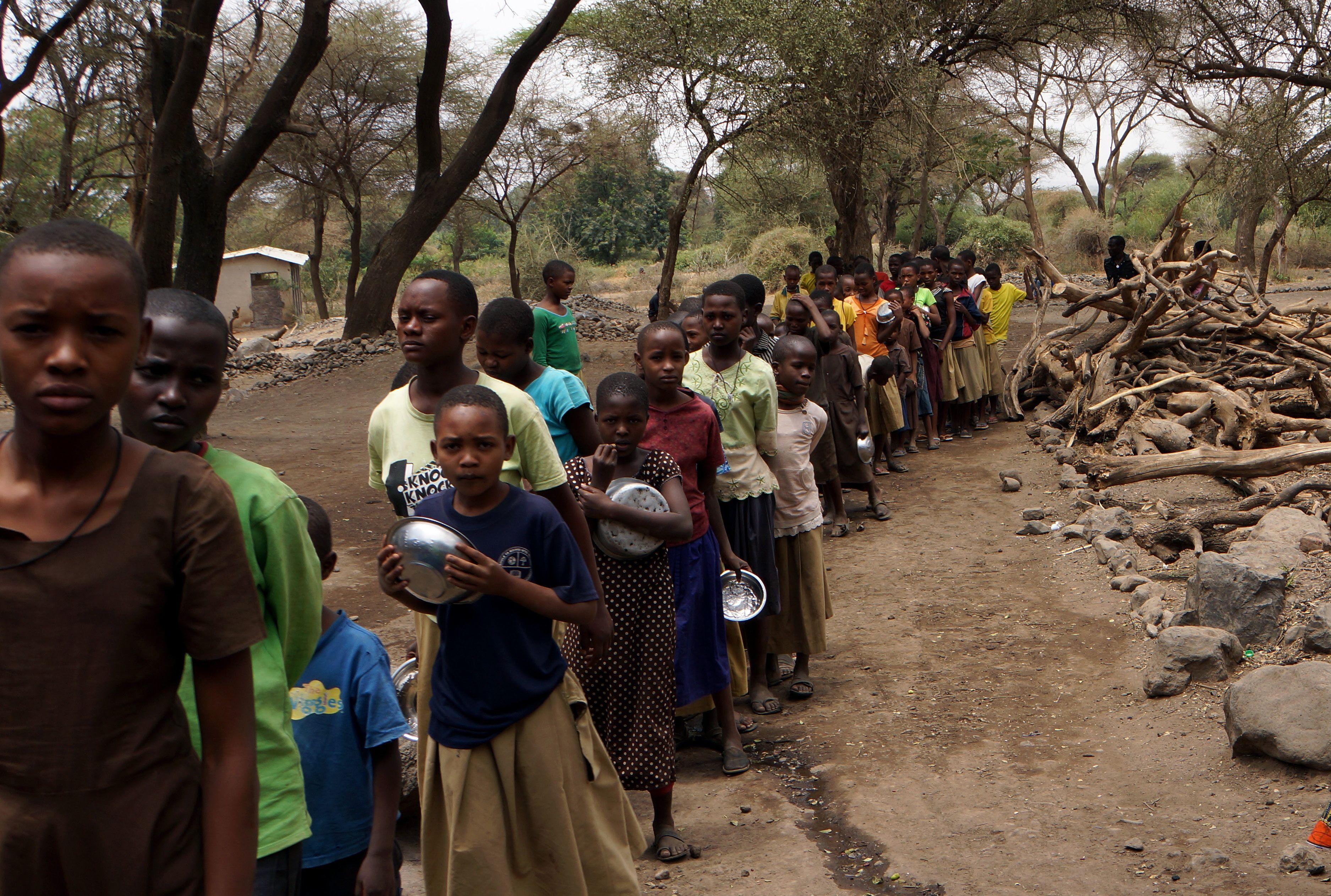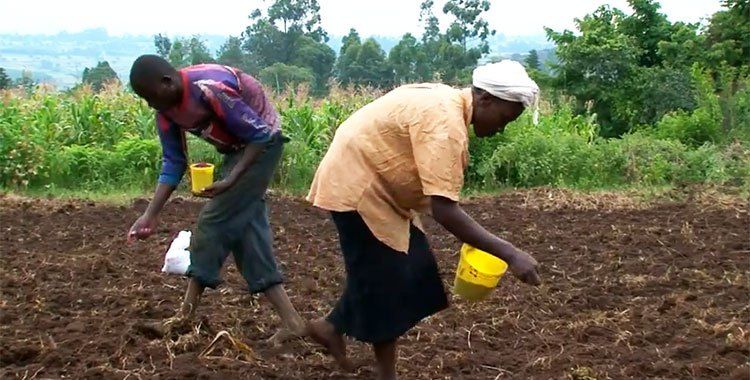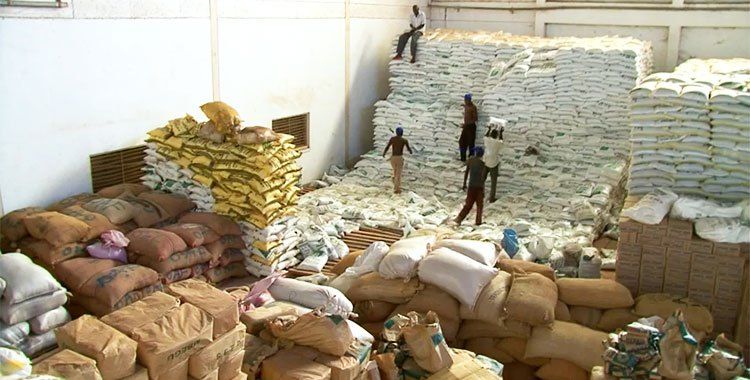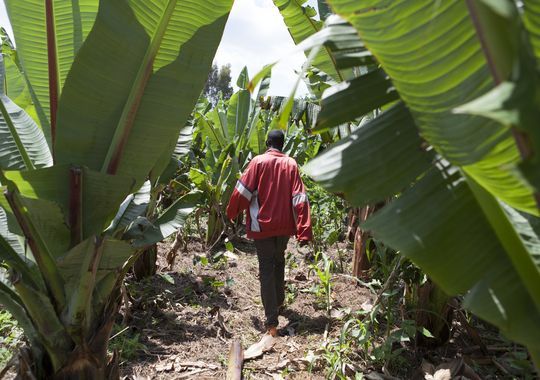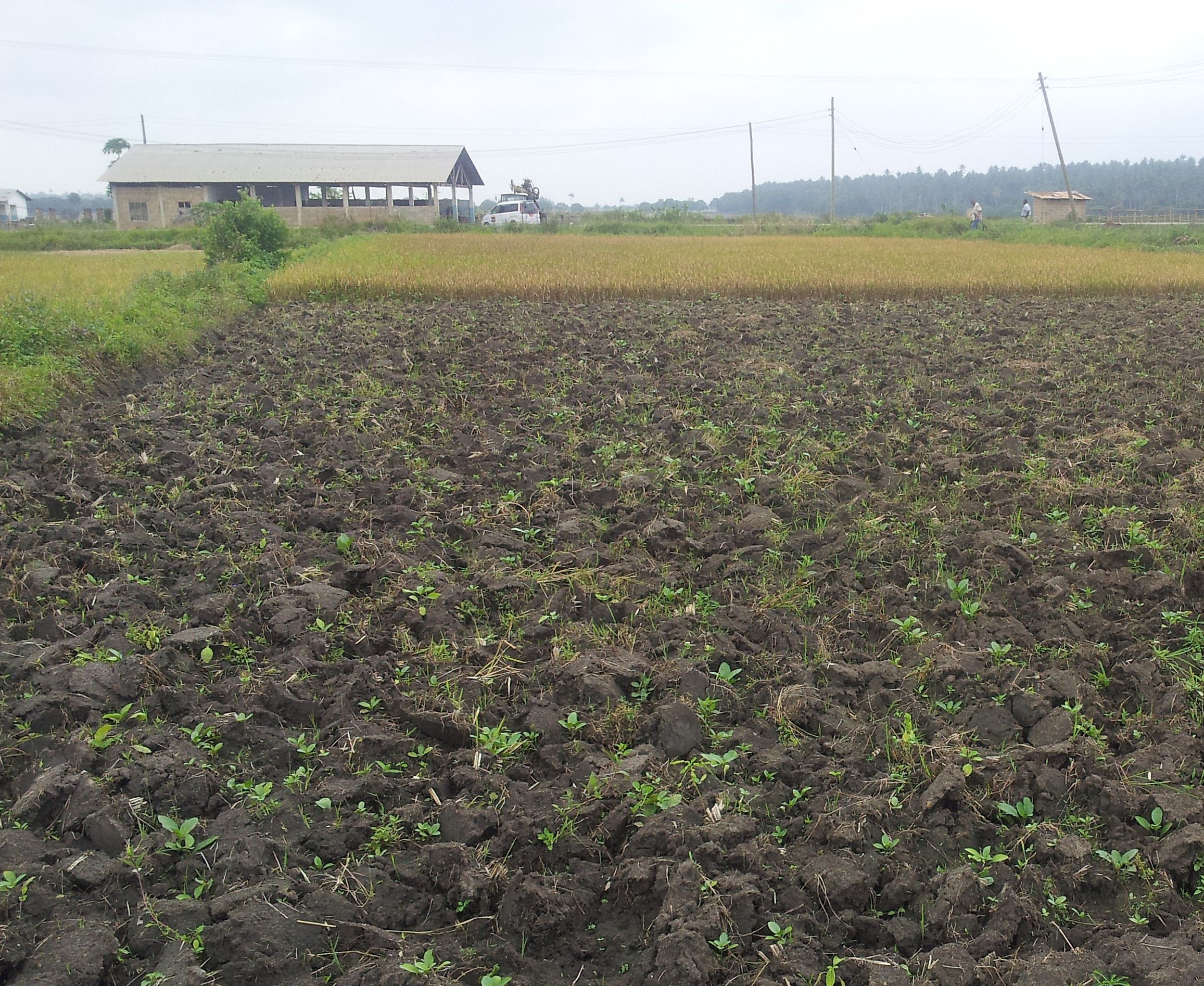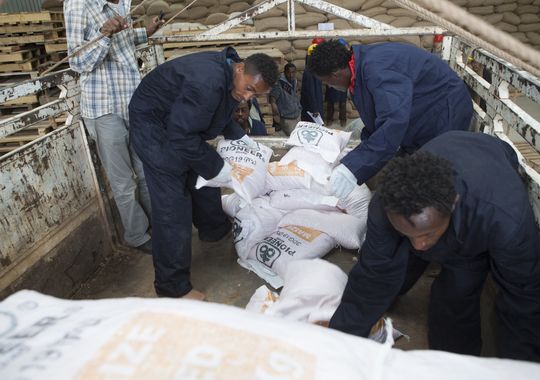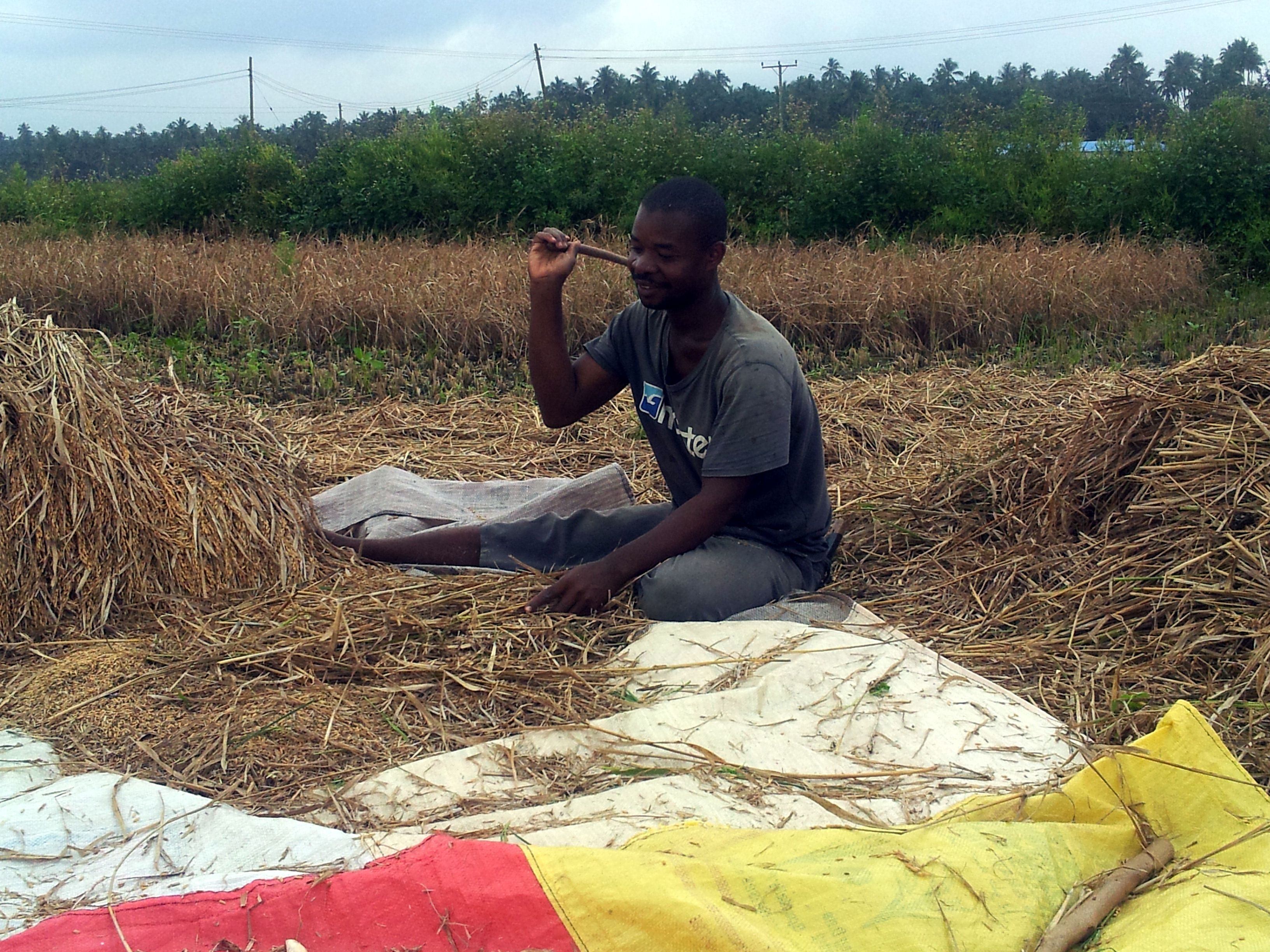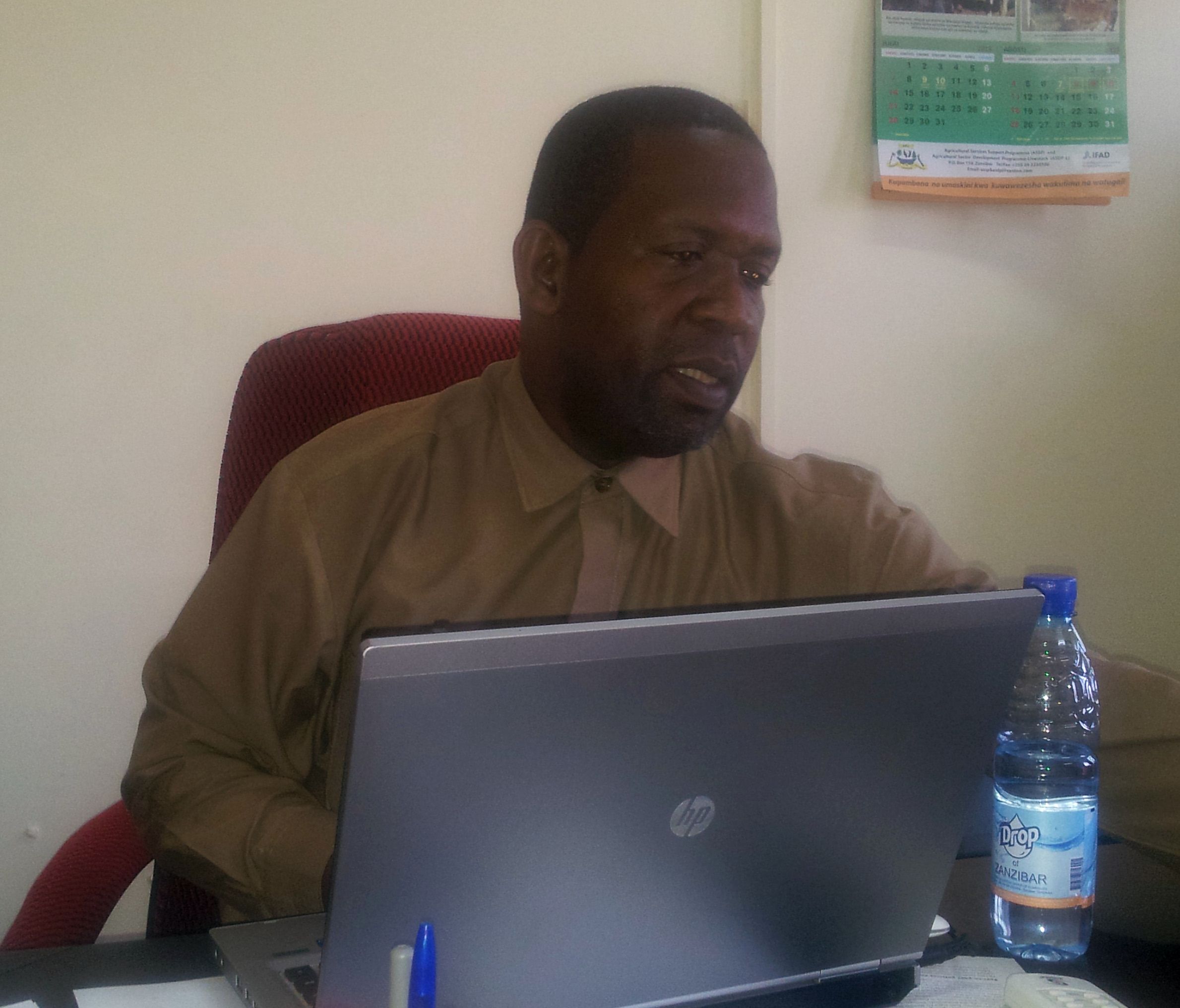The hungriest people in Africa are its farmers. Africa is one of the largest continents in the world and farming is the biggest way to obtain financial means and food. Small farms produce nearly 80% of the region's food. Further, most farmers are women with many mouths to feed at home. They do not have access to reliable markets to sell their produce and do not have educational resources available to them. Therefore, they are unable to buy seed, proper storage facilities, tools, and equipment to cultivate their land. Consequently, farmers go into debt with the government to try to raise a yield. They are unable to practice productive farming on their lands. Moreover, these people do not have factual knowledge about seeding, breeding, and how to take proper care of plants.
International institutions, private, and public have yet to benefit these farmers. In 2014, the Obama Administration put forth the "Feed the Future" initiative which invests $1 billion and brings private companies and investors to raise yields in depleted countries. Regardless of the food insecurity issues in Africa, the United States does not provide educational tools to African farmers or purchase food produced in their country. The U.S. provides aid rather than investing in trade. Additionally, Europe is not trading with the continent. In turn, African farmers end up being the most food insecure as they have no one to sell their yeilds to. The solution to this hunger problem is long term agricultural development and providing educational resources for the African farmers as well as foreign trade policies.
IA Group: There are many resources for you to read. These are pretty straight forward and also cover a wide range of the African continent. Some great articles where policy is involved: New Approach to Food; Reports from Tanzania; Lunchtime in Uganda; More Food Doesn't Solve World Hunger; Ethiopia "A Land Grab....";
COMM Group: Take a look at Lunchtime in Uganda; Hunger Season; More Food Doesn't Solve World Hunger---The best so far is One Acre Funds Disruptive Thinking.....
Important notes from class-> the interconnection between international affairs & media/communications, seeing how interaction works between groups, determining main topics in order to do proper research, ethopian fammine of 2003 (first fammine of the 21st century), "disease of the soul"-> the people who change this will have to see it and catch this "disease", exmaple: photo in Sudan of vulture looking at starving child, hunger seasons in Africa, most jobs in africa are in the rural areas, farmers are the most hungry,




